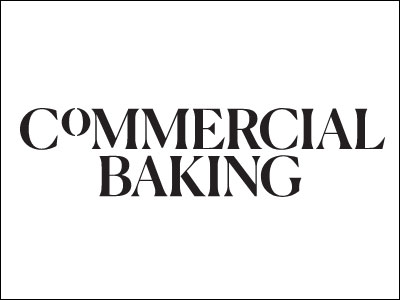“What happens when people get behind? They think, ‘I better order more,’” said Lisa Anderson, founder of LMA Consulting and speaker on supply chain for manufacturing. “They’re over-ordering, which is causing even more delays.”
In 2020, bakers mastered the art of resilience beyond any measure up to that point. Today, in what many may consider to be “post-pandemic,” the country is on an upswing. And as consumers emerge from lockdowns, demand is up, unemployment is down and many baking companies are working hard as ever, riding waves of growth.
The future looks bright, right? Not so fast.
These days, consumers can’t look at the news without learning about the latest shortage or price hike for products ranging from lumber, steel, gas and cars to foods and beverages. It may be safe to say that no market is safe.
In fact, while business is booming in the baking industry, the balance of supply, demand and labor has been knocked completely off its axis.
This is supply chain disruption of epic proportions, and those supplying equipment and ingredients to commercial bakers are finding themselves in a conundrum unlike anything the industry has ever seen.
To ascertain the depth and breadth of this disruption, a group of industry executives representing equipment, packaging and ingredient suppliers, as well as BEMA and the American Bakers Association (ABA), assembled to examine the volatility of the situation and determine next steps in identifying solutions.
Access to materials like lumber are creating ripples that impact the bakery supply chain, creating disruption for things like pallets and shipping cartons. While some early predictions forecasted the bottlenecks to loosen by summertime, predictions are now that this could last well into 2022.



